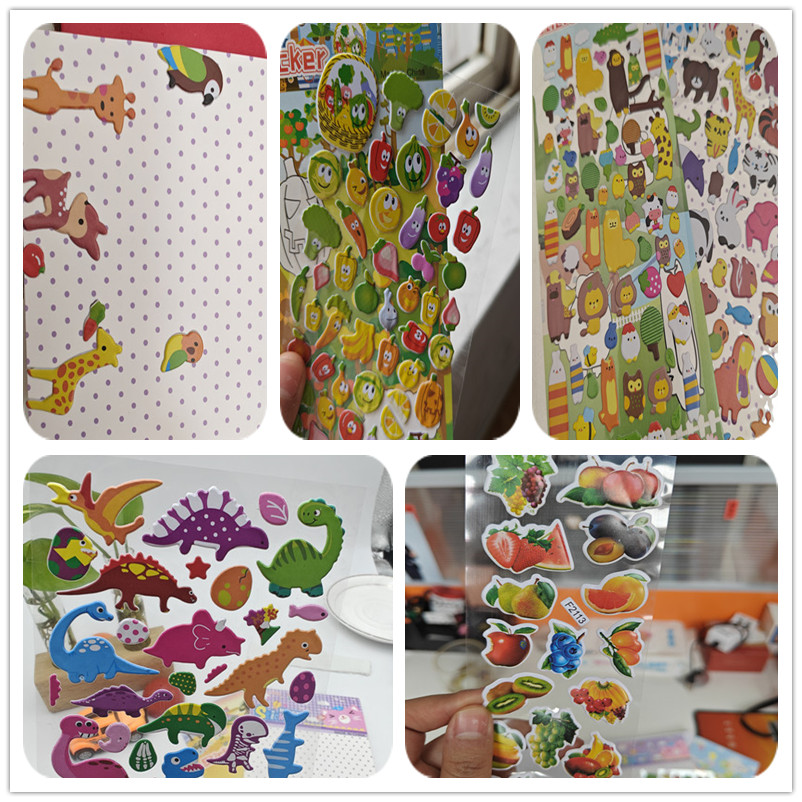Self-adhesive sticker user manual
Self-adhesive, is a common sticker material, with a back with glue, can be pasted on a variety of surfaces. It is widely used in packaging, labeling, commodity display and other fields, and plays a role in beautification and information transmission. This manual will introduce the use of self-adhesive, precautions and solutions to common problems, to help users use self-adhesive correctly and efficiently.
Preparation:
1. Before using the adhesive, ensure that the surface to be attached is clean, smooth, and free of oil or dust. You can use a cleaning cloth or cleaner to clean the surface to ensure that the adhesive will stick firmly.
2. Size customization: According to actual needs, choose the appropriate size of self-adhesive. If you need to customize the size, you can contact professional manufacturers to provide customized services.
3. Attach self-adhesive: Gently tear the self-adhesive from the back film of the paper, carefully avoid bending or folding, to prevent damage to the edge of the self-adhesive. Attach the adhesive to the desired surface, pressing firmly to ensure that the glue adheres fully.
4. Manual peeling: If you need to manually peel the adhesive, you can gently lift it with your fingernail or blade at one edge, and then slowly peel the whole sticker.
5. Thermal stripping: For self-adhesive using thermal glue, you can use heating equipment (such as heat gun or hot air blowing) to gently heat for a short period of time, and then quickly peel the adhesive paper. Please be careful not to set the heating temperature too high to avoid damaging the surface.
6. Complex surfaces: When attaching adhesive to complex surfaces, pay attention to avoid bubbles or wrinkles in the glue as far as possible. Professional tools such as erasers or scrapers can be used to help level and remove air.
Temperature and humidity:
1.When attaching self-adhesive, ensure that the ambient temperature and humidity are appropriate. Too low a temperature may reduce the viscosity of the glue, while too high a temperature may cause the glue to adhere prematurely.
2. Attached surface: The stickiness of the adhesive is related to the material attached to the attached surface. Some surfaces (such as glass, metal, or plastic) are less absorbent to glue and may require the use of special glues or high temperature resistant glues.
3. Light and waterproof: self-adhesive may fade in prolonged exposure to the sun, so you need to pay attention to sun protection. At the same time, in a humid environment, ensure that the self-adhesive has a certain waterproof performance.
4. Pay attention to damage: Once the adhesive is attached to the surface, it is difficult to remove. Therefore, before attaching the adhesive, confirm the correct position and avoid multiple peeling and re-pasting, so as not to cause damage to the surface.
Adhesive drop:
1. If the adhesive falls soon after attaching, it may be because the attached surface is not clean. Make sure the surface is clean and free of oil, and press firmly to ensure that the glue adheres fully.
2. Self-adhesive bubbles: When there are bubbles when attaching self-adhesive, you can use professional tools (such as eraser or scraper) to gently flatten and push the bubbles out.
3. The edge of the adhesive is wrinkled: If the edge of the adhesive is wrinkled, you can gently knead it with your fingers or professional tools, and ensure that the glue is evenly spread.
4. The sticker is difficult to peel off: if the sticker is difficult to peel off, you can heat it slightly and then try to peel it off. If it is still difficult, you can try to use a specialized stripping agent to help with the stripping.





